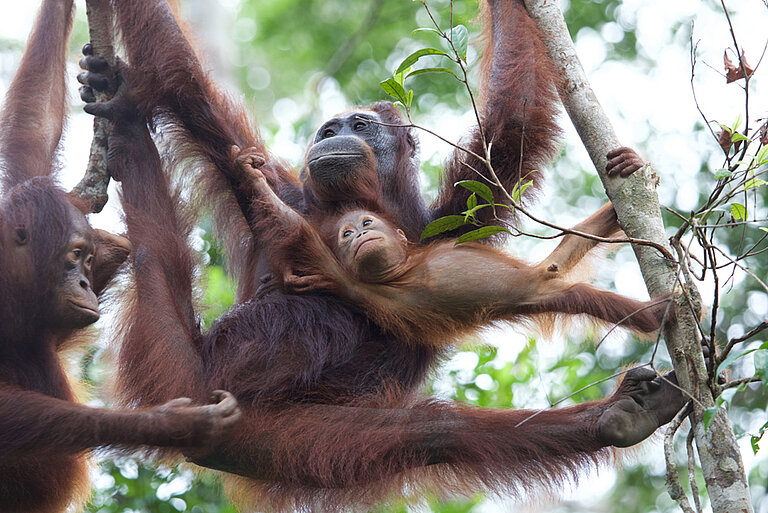Reintroduction of genetically distinct subspecies has led to hybridization in an endangered wild population
As their natural habitats continue to be destroyed, increasing numbers of displaced endangered mammals are taken to sanctuaries and rehabilitation centres worldwide. The ultimate goal of these centres is often reintroduction: to return these animals to wild populations. In a new study published today in Scientific Reports, however, Graham L Banes and Linda Vigilant of the Max Planck Institute for Evolutionary Anthropology in Leipzig, Germany, caution that such reintroductions can act as a form of genetic translocation. By using genetic analysis to assess a subset of historical reintroductions into Tanjung Puting National Park, Indonesia, they found that orang-utans from a non-native and genetically distinct subspecies were unwittingly released and have since hybridized with the Park’s wild population. As orang-utan subspecies are thought to have diverged around 176,000 years ago, with marked differentiation over the last 80,000 years, the researchers highlight the potential for negative effects on the viability of populations already under threat.
